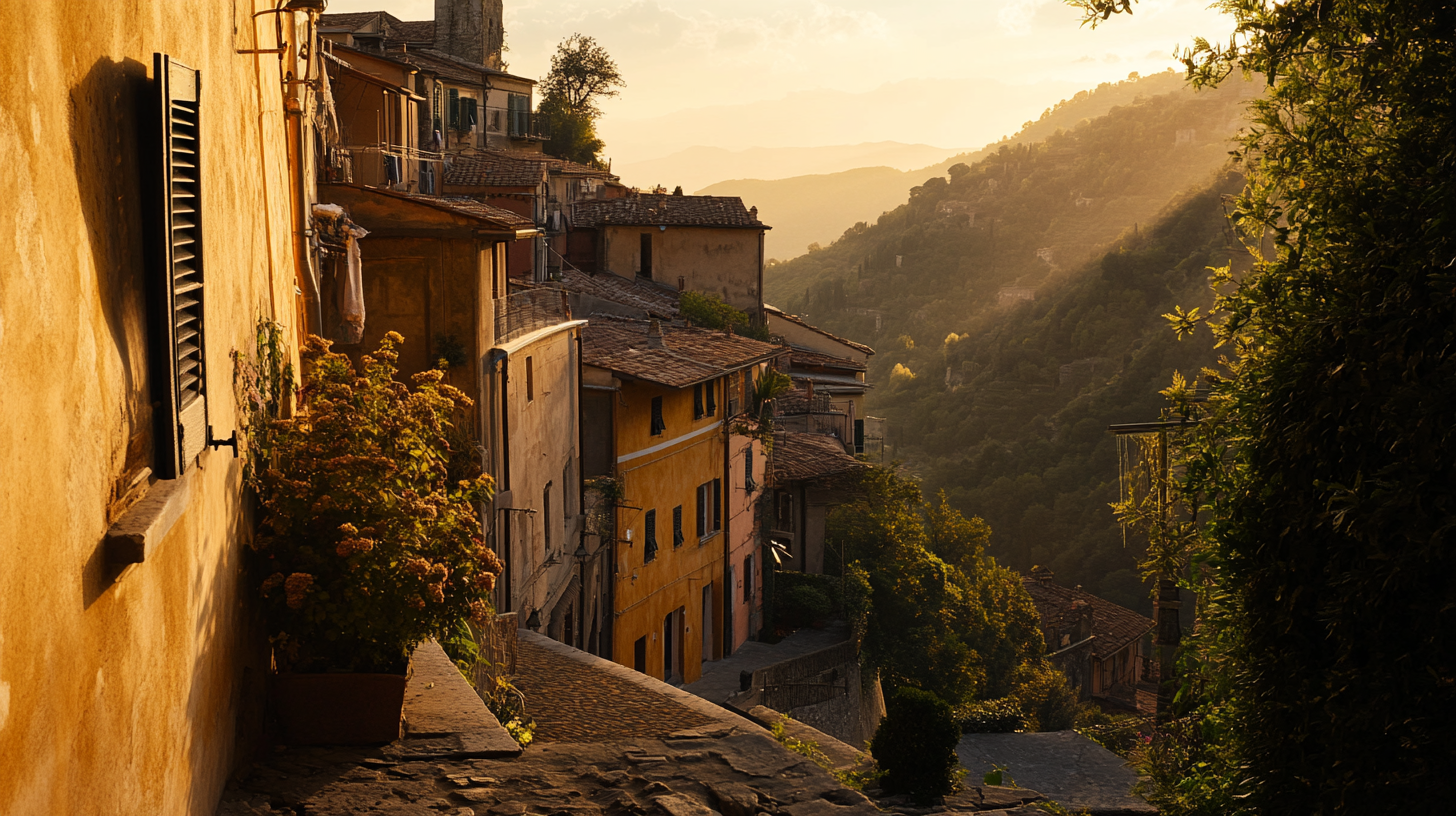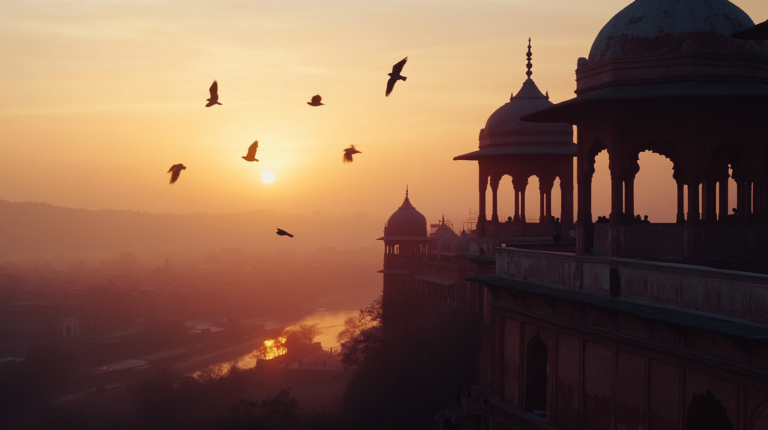The Best Times to Fly to Italy on a Budget
In my experience, Italy is magical year-round, but the right timing can make a remarkable difference for frequent flyers looking to save some cash. I’ve seen how each season unveils a different side of the country, and with smart planning, you can bask in la dolce vita without breaking the bank.
Winter Delights (November–February)
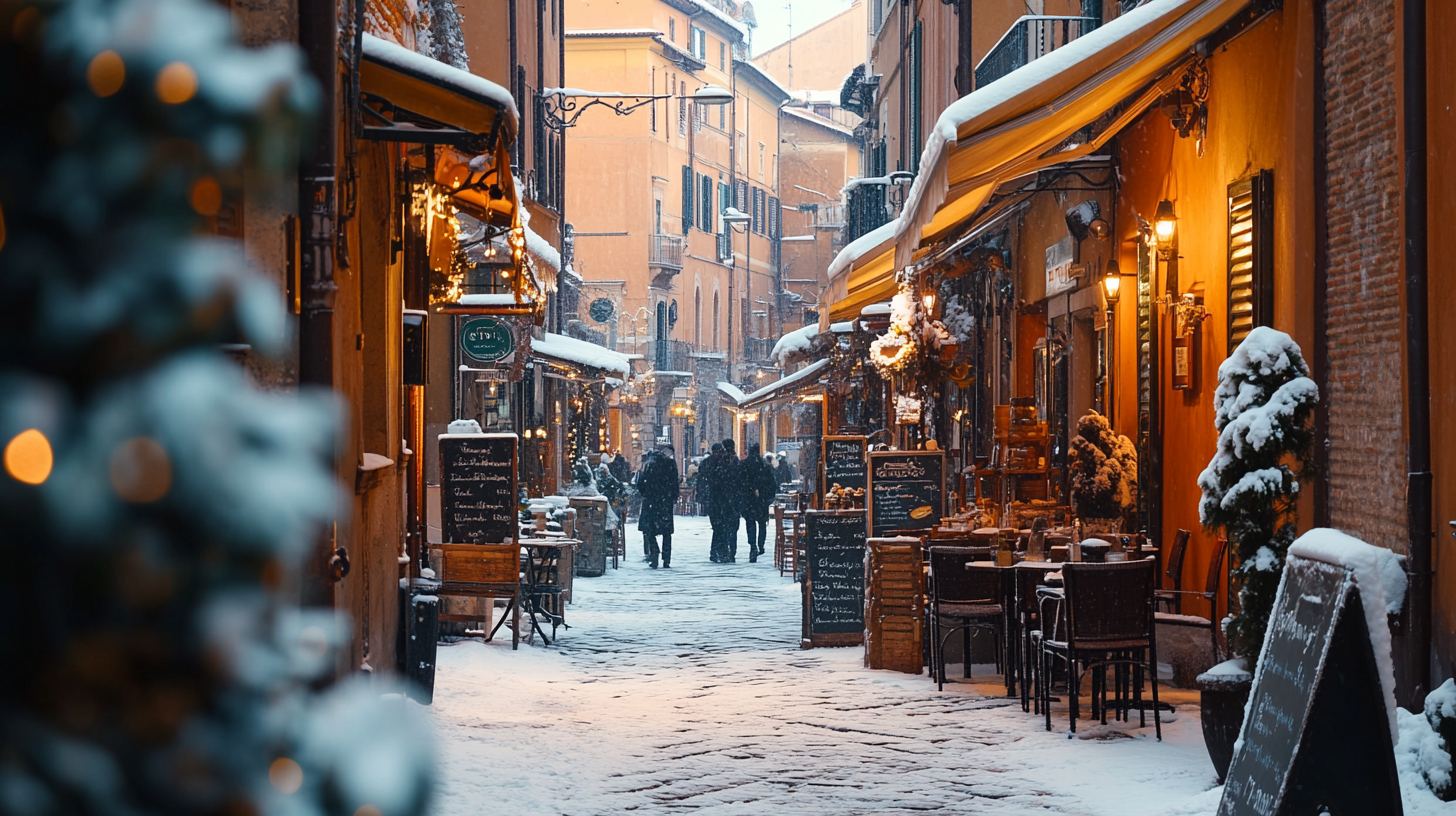
There’s something serenely captivating about Italy in winter. I’ve noticed that flights to major hubs, such as Milan, can be significantly cheaper than peak summer fares—especially after the New Year celebrations wind down. In fact, according to a 2024 analysis by the European Travel Commission, winter airfare costs to Northern Italy often dip by up to 25% compared to the height of the summer season. This makes it a prime time for savvy travelers to lock in a bargain. Beyond saving on flights, you’ll typically find lower hotel rates, and you can enjoy popular museums like the Uffizi Gallery in Florence without excessively long lines.
Despite the chilly temperatures, winter in Italy has its own kind of magic. I love wandering through the festive Christmas markets in December, indulging in steaming cups of cioccolata calda (hot chocolate) while browsing handcrafted goods. Carnival season in places like Venice adds a burst of color and excitement, offering a slice of cultural heritage that draws travelers from around the globe. If you’re not deterred by cooler weather, winter’s off-peak vibe can be a fantastic reason to explore Italy in peace—as long as you pack a warm scarf.
Spring Surprises (March–May)
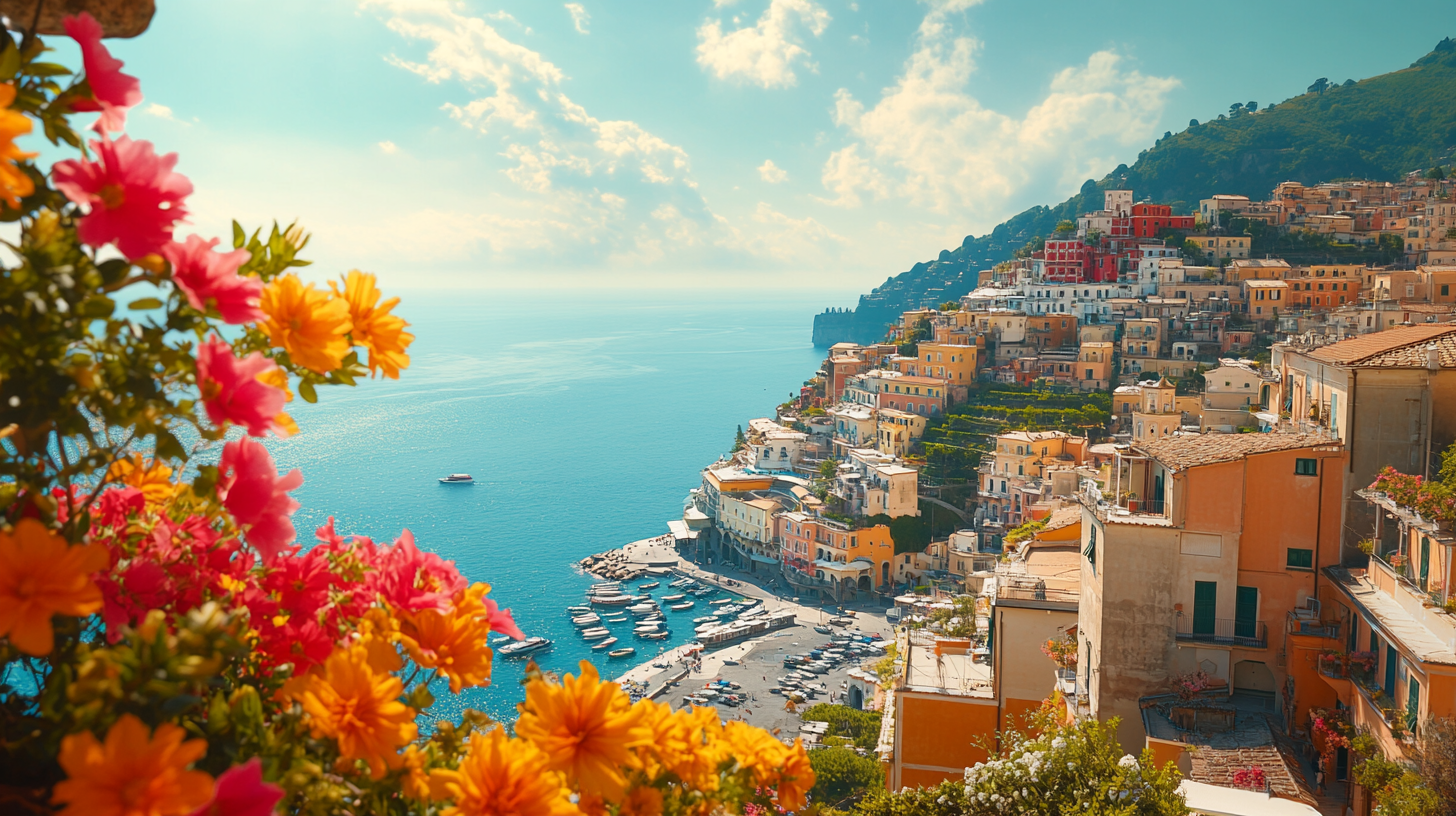
Once the snows melt and the days start getting longer, Italy undergoes a renewal that I’ve come to cherish. Spring blooms seem to pop up in every corner—glycine vines drape themselves across charming balconies, and the countryside glistens in vibrant shades of green. According to industry data, flights in early spring can be up to 15% cheaper than in late May, so if you can travel just before the high season ramps up, you’ll score excellent prices. I’ve found March and April particularly pleasant for exploring cities like Rome, as crowds tend to be smaller than they are later in the year.
This is also an ideal time to visit smaller towns like Lucca or Siena, places where the arrival of springtime festivities injects a fresh energy into daily life. Cultural hubs often host special events celebrating art exhibitions or seasonal cuisine, and I appreciate how this schedule allows me to immerse myself in local traditions. If you’re looking for mild temperatures, fewer tourists, and the possibility of pleasant outdoor dining, spring is easily one of Italy’s best-kept secrets.
Sizzling Summer (June–August)
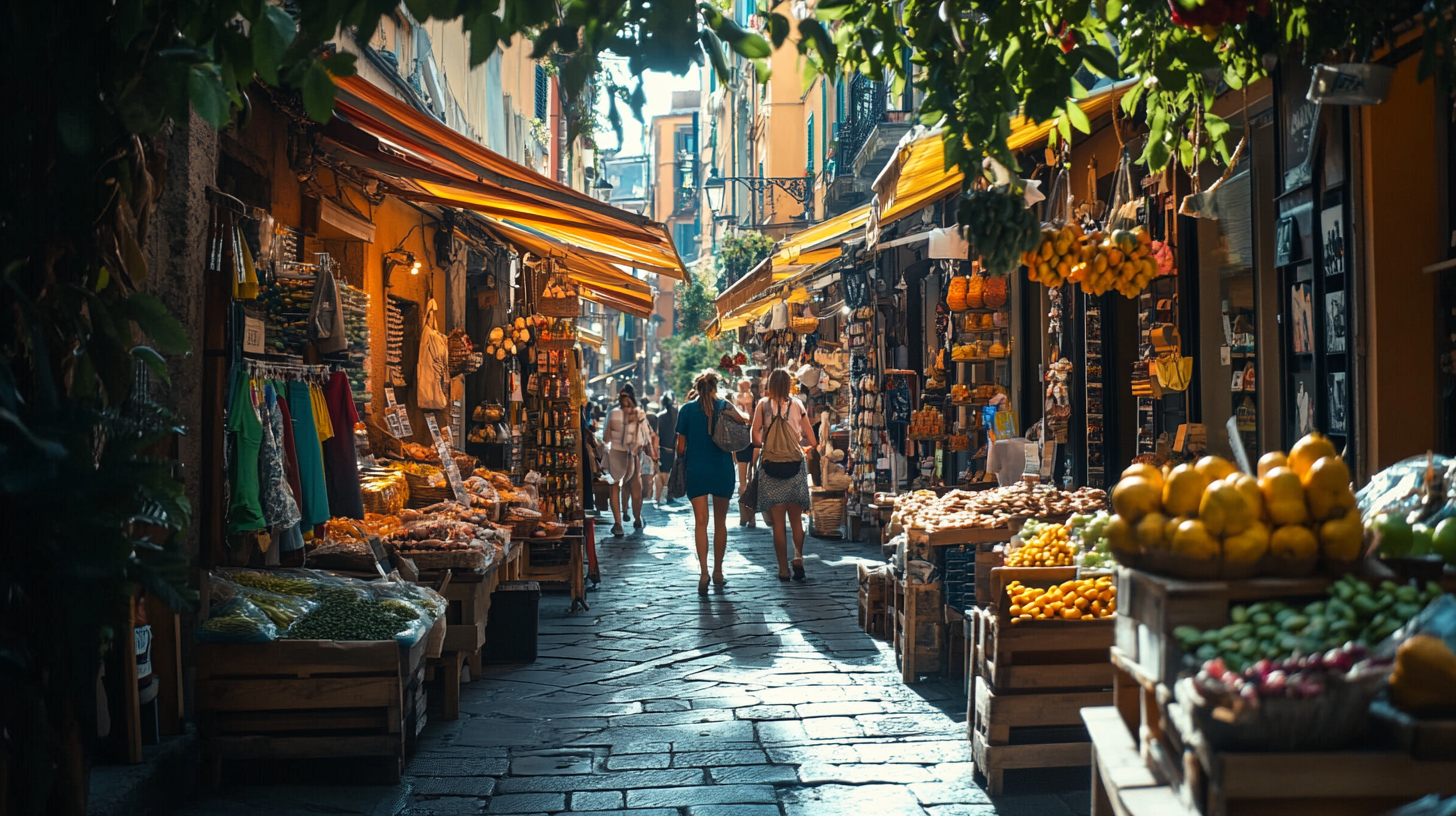
Summer in Italy can be undeniably hot, but there’s a certain exhilaration that comes with those long, sun-drenched days. I have to admit, beach towns like Positano or Sardinia in July feel like stepping into glossy travel brochures, complete with turquoise waters and lively boardwalks. Be warned, though—this is peak season for a reason. Flights and accommodations are at their highest prices, so it pays to book as early as possible or use your miles strategically. A recent study suggests that scheduling midweek flights can help you shave off a decent chunk of travel costs, so I try to plan my departures for Tuesdays or Wednesdays.
One of the real joys of summer in Italy is that cultural festivals and outdoor events thrive under the warm sun. From jazz festivals in Perugia to open-air operas in Verona, the atmosphere is vibrant and full of possibility. Of course, popular tourist spots like the Colosseum or Cinque Terre can get crowded—sometimes overwhelmingly so—but I’ve found that kicking off the day at dawn or exploring these hotspots late in the evening can help you sidestep the thickest of traveler foot traffic. If you relish energy and excitement, summer turns Italy into a nonstop party.
Fabulous Fall (September–November)

Fall has a certain subtle allure that never fails to charm me. The temperatures cool down from summer’s swelter, and the pace of life returns to a calmer rhythm. By mid-September, you can still catch sunny skies, but the crowds start to thin out—especially in major cities like Florence and Milan. I’ve made a habit of booking flights in late October, when industry data shows plane tickets can be 10–20% more affordable compared to the high summer months. Autumn’s crisp air is perfect for sampling freshly harvested produce, exploring wine regions in Tuscany, and attending olive-picking festivals in Umbria.
In my travels, I’ve found that fall is the perfect season for cultural immersion. Museums and landmarks are less crowded, and you’re free to linger in art galleries for as long as you please. Outdoor markets brim with seasonal treats, and locals seem more relaxed after the intensity of the summer tourist rush. If you crave experiences like strolling Venetian streets without elbow-to-elbow crowds, or savoring a cappuccino at a café in Rome without feeling rushed, autumn is calling your name.
The Bottom Line for Frequent Flyers

From what I’ve gathered, frequent flyers should aim for off-peak and shoulder seasons to get the most out of their miles and points. If you’re looking to optimize your budget, target January through February, or plan your travels for spring and fall when the combination of milder temperatures, fewer tourists, and cost-friendly airfare intersects. According to flight aggregator sources, midweek flights and avoiding major holidays remain surefire ways to stretch your travel funds.
I’ve learned that keeping an eye on cost-friendly hubs—like Milan for northern explorations or Rome for central Italy—can really help you smartly manage your travel routes. If time allows, traveling region by region is another tactic: focusing on one area of Italy reduces internal transit expenses and helps you dive deeper into the local culture. Whether you’re racking up status or carefully allocating points, small planning moves go a long way.
Final Thoughts
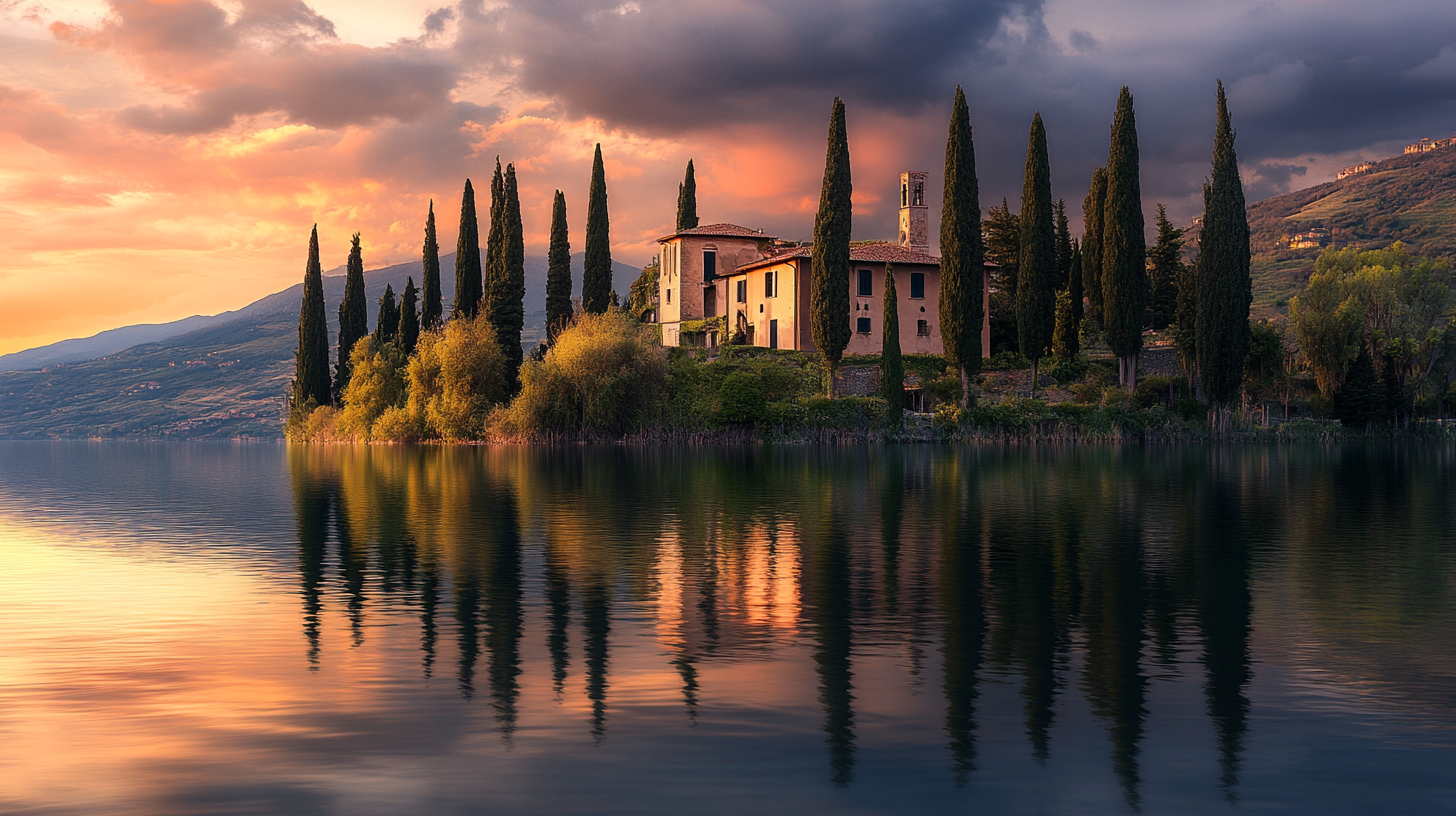
By timing your flights and leveraging quieter seasons, you’re setting yourself up for a more comfortable and economically friendly experience. Italy’s charm lies not only in the must-see landmarks, but also in the spontaneous, everyday moments—like a leisurely chat with a barista or stumbling upon a hidden piazza bathed in late-afternoon sunshine.
Every region has its own unique flavor, and the best way I’ve found to savor it is by giving yourself the gift of time. Rather than rushing from Rome to Venice in one whirlwind weekend, pick a season that aligns with your budget and prioritize a slower, deeper connection with local life. It’s a strategy that often leaves me with richer memories and a renewed appreciation for this timeless country.
Barry B.’s Take
Personally, I cherish any opportunity to fluently merge the comfort of frequent-flyer benefits with the thrill of authentic discovery. Italy, with its layered past and glittering modernity, offers the perfect backdrop for that blend of convenience and awe. It’s taught me that sometimes, the best travel moments come in the unplanned pockets of the day.
By mixing the right season with the right mindset, every traveler can feel at home in Italy. Eventually, no matter how familiar you become with the country’s rhythms, there’s always more to uncover—one cappuccino, one sunset, and one hidden gem at a time.
Stay inspired for every future journey by visiting milesBUZZ.

